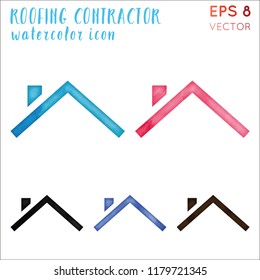Learn About The Ways In Which Seasonal Elements Can Impact The Success Of Business Outside Painting And Establish The Most Effective Times To Achieve Long Lasting Outcomes For Your Project
Learn About The Ways In Which Seasonal Elements Can Impact The Success Of Business Outside Painting And Establish The Most Effective Times To Achieve Long Lasting Outcomes For Your Project
Blog Article
Web Content Writer-McLamb Celik
When you're planning an industrial external paint task, seasonal factors can make or damage your outcomes. You'll want to take into consideration exactly how temperature level and moisture effect paint application and drying times. Selecting the ideal season can ensure your paint sticks effectively and lasts longer. However which periods are absolutely the most effective for this kind of work? Let's explore the key elements that can affect your project's success.
The Impact of Temperature Level on Paint Application
When you're planning a commercial outside paint job, the temperature level can significantly influence just how well the paint sticks and dries.
Ideally, you wish to repaint when temperature levels vary in between 50 ° F and 85 ° F. If it's also cold, the paint may not heal effectively, leading to problems like peeling or breaking.
On the other side, if it's as well hot, the paint can dry as well promptly, stopping correct adhesion and resulting in an unequal coating.
You must also take into consideration the time of day; morning or late afternoon provides cooler temperatures, which can be much more positive.
Always inspect the manufacturer's suggestions for the particular paint you're utilizing, as they usually provide advice on the perfect temperature level array for optimum results.
Humidity and Its Impact on Drying Times
Temperature isn't the only ecological element that affects your industrial exterior paint job; moisture plays a considerable function also. High humidity degrees can decrease drying out times significantly, affecting the general top quality of your paint work.
When the air is filled with moisture, the paint takes longer to cure, which can lead to problems like poor attachment and a greater threat of mold development. If you're repainting on a specifically damp day, be prepared for prolonged wait times in between coats.
It's vital to keep track of regional weather and plan as necessary. Preferably, go for moisture degrees in between 40% and 70% for optimal drying out.
Keeping these factors in mind guarantees your job remains on track and supplies a lasting surface.
Best Seasons for Commercial Exterior Paint Projects
What's the very best season for your business exterior paint jobs?
Springtime and early autumn are usually your best options. During these periods, temperatures are light, and humidity degrees are commonly reduced, creating excellent conditions for paint application and drying.
Avoid summertime's intense heat, which can trigger paint to dry as well promptly, leading to inadequate attachment and surface. Similarly, winter season's chilly temperature levels can impede appropriate drying and curing, taking the chance of the longevity of your paint job.
Go for days with temperatures between 50 ° F and 85 ° F for optimum results. Keep in mind to inspect the neighborhood weather forecast for rainfall, as wet conditions can ruin your project.
Preparation around these variables guarantees your paint job runs efficiently and lasts much longer.
Verdict
Finally, preparing your industrial outside painting tasks around seasonal considerations can make a significant distinction in the outcome. By organizing look at this web-site during the suitable temperature levels and moisture degrees, you'll make sure better bond and drying times. Bear in mind to keep an eye on neighborhood weather forecasts and pick the correct time of year-- spring and very early fall are your best bets. Taking house exterior painting will aid you achieve a sturdy and professional coating that lasts.
